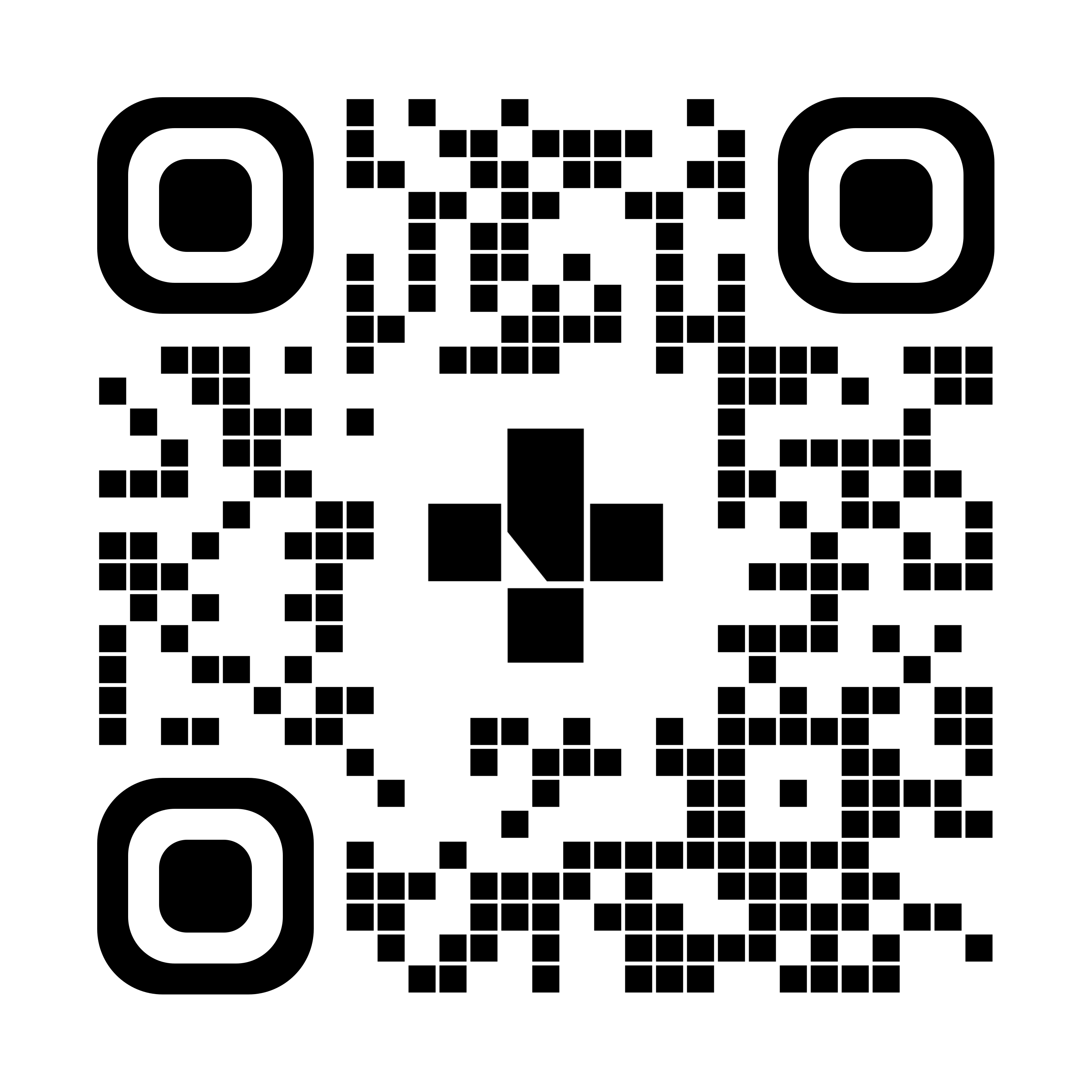Implanted port removal: What to expect at home
Implanted Port Removal
What to expect at home
Your recovery
You’ve had your implanted port removed. The port and catheter were removed from a small cut (incision) made in your chest. You may have a dressing over the cut.
How can you care for yourself at home?
Activity
- Do not lift weights over 10 lb. (4.5 kg) for the first week after your implanted port was removed.
- Avoid arm and upper body movements that may pull on the incision for the first week. Do not move your arms vigorously and do not do exercises with your arms above your shoulders or behind your back for 1 week.
- Talk to your doctor about any limits on your activity.
Medicines
- Your doctor will tell you if and when you can start taking your medicines again. They will also give you instructions about taking any new medicines.
- If you take blood thinners, ask your doctor if and when to start taking them again. Make sure that you understand exactly what your doctor wants you to do.
- Be safe with medicines. Read and follow all instructions on the label.
- If your doctor gave you a prescription medicine for pain, take it as prescribed.
- If you are not taking a prescription pain medicine, ask your doctor if you can take an over-the-counter medicine for pain.
Incision care
- You may have a dressing over the incision the doctor made. A dressing protects your incision and helps it heal.
- Keep the first dressing in place until the morning after your procedure, then change the dressing following the instructions from your healthcare team. If you got instructions about how to change the dressing at home, follow those instructions carefully. Your doctor may arrange for home care or an outpatient clinic to do your dressing changes.
- If you have strips of tape on your incision, leave the tape on for 1 week or until it falls off.
- If you have stitches, your doctor will arrange for them to be removed, if needed.
- It is very important to keep your incision site clean and dry.
- To help prevent infections, take a shower instead of a bath. You can shower 24 to 48 hours after the procedure if your doctor says it's okay. Cover the procedure site with waterproof material, such as plastic wrap, so it doesn't get wet. Do not scrub the procedure site. Pat the site dry.
- Avoid baths, hot tubs, and swimming until the procedure site no longer has a scab and is completely healed. Do not use any creams, lotions, or ointments on the procedure site unless your healthcare provider tells you to.
Medical alert card
- Always carry the medical alert card that your doctor gives you. It contains information about your port that healthcare providers need to give you certain medicines. It will also tell health care workers that you have a port in case you need emergency care.
Clothing
- When you get dressed, be careful not to rub the incision. Do not wear clothing that may irritate your skin near the incision.
Follow-up care is a key part of your treatment and safety. Be sure to make and go to all appointments, and call your doctor or nurse advice line (811 in most provinces and territories) if you are having problems. It's also a good idea to know your test results and keep a list of the medicines you take.
When should you call for help?
Call 911 anytime you think you may need emergency care. For example, call if:
- You passed out (lost consciousness).
- You have severe trouble breathing.
- You have sudden chest pain and shortness of breath, or you cough up blood.
Call your doctor or nurse advice line now or seek immediate medical care if:
- You have signs of infection, such as:
- Increased pain, swelling, warmth, or redness near the incision.
- Red streaks leading from the incision site.
- Pus draining from the incision site.
- A fever.
- You have pain or swelling in your neck or arm.
- You have trouble breathing or chest pain.
To see this information online and learn more, visit MyHealth.Alberta.ca/health/aftercareinformation/pages/conditions.aspx?hwid=custom.ab_implanted_port_removal_ac.

For 24/7 nurse advice and general health information call Health Link at 811.
Current as of: April 1, 2024
Author: Diagnostic Imaging, Alberta Health Services
This material is not a substitute for the advice of a qualified health professional. This material is intended for general information only and is provided on an "as is", "where is" basis. Although reasonable efforts were made to confirm the accuracy of the information, Alberta Health Services does not make any representation or warranty, express, implied or statutory, as to the accuracy, reliability, completeness, applicability or fitness for a particular purpose of such information. Alberta Health Services expressly disclaims all liability for the use of these materials, and for any claims, actions, demands or suits arising from such use.
